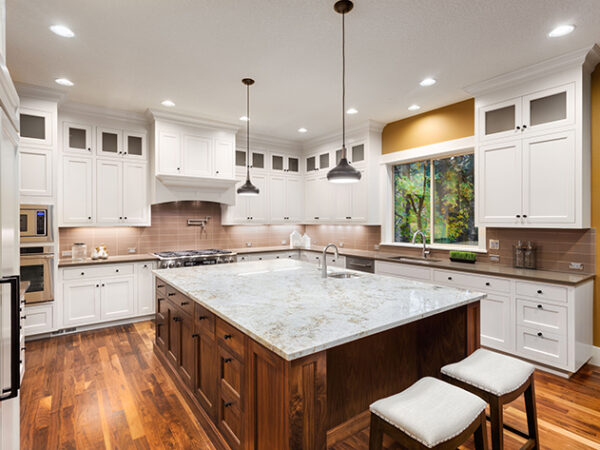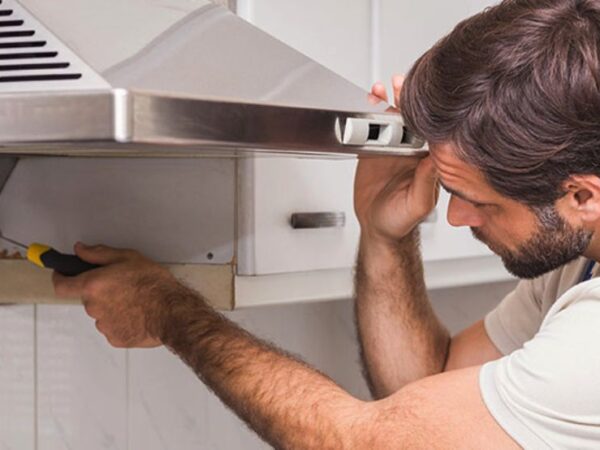Home renovation projects bring new life into our living space. It adds value, style, freshness, and comfort. However, amidst the chaos of construction and dust, pests seize the opportunity to invade the home. During construction, looking into pest invasion and working on it gets tough.
Unfinished walls, gaps in foundations, and temporary open structures give entry points and ideal points to these uninvited guests. Knowing how pests exploit home renovation is the first step in safeguarding the space. Let’s explore the expert perspective of pest control in Lake Bueno Vista about what more to look into to protect your house from pests, especially during home renovation.
Common Pests that grow during renovations
Certain pests are likely to enter homes during renovations. The list mentioned below are the most common ones:
- Rodents—Mice and rats slip through small openings created during construction. They seek shelter and food and are likely to stay around dark corners.
- Termites—The wooden structure of the home exposed during renovation attracts termites. This causes long-term structural damage and weakens the furniture.
- Cockroaches- They are drawn to clutter, moist areas, and leftover debris. They are often found around unclear areas during remodeling.
- Ants- Renovation dust and construction gaps open great nesting grounds for ants.
How does Renovation Create Pest Opportunities?
Renovation projects inadvertently create possible conditions for pest infestations. Here’s how:
- Exposed entry points- Walls under the construction or areas awaiting sealing open doors for the pests.
- Accessible food and water resources- The construction team may leave behind scraps of food or drinks that lure pests.
- Moisture built-up- Leaky pipes and uncovered water sources during the renovation can attract pests like cockroaches and mosquitos.
- Construction debris—Piles of wood, drywall, and other materials act as hiding spots for rodents, spiders, and other critters.
Some warning signs
Pests often leave behind clues when they are in the house. You must look out for these:
- Droppings- These are small pellets or marks near construction areas. It is from rodents and insects.
- Gnaw marks- Chewed wood or wiring is the mark for rodents.
- Unusual noises- Scratching or rustling sounds at night suggest termite activities
- Dead insects- An increase in the number of bugs killed shows the presence of a hidden infestation.
Proactive Steps to Prevent Pest Problems
These are some preventive steps that you must take to deal with issues during or after the renovation period:
- Seal all entry points: Regular inspection and closing off any gaps or cracks in walls, windows, and doors close their entry and stay points.
- Debris disposal: Once the construction team has completed their hour, clean up the construction debris. This eliminates the hiding spot.
- Store material securely: Keep lumber, drywall, and other construction materials elevated and completely covered.
- Inspect for moisture: Immediately address the leaks or any standing water.
- Schedule pest inspection: Contact the professional pest control team to assess the risks that might be encountered during the renovation.
Post-renovation cleanup and monitoring
Once the renovation is completed, a thorough cleanup is a must for the safekeeping of the property. You can do the following:
- Deep cleaning- Remove all the leftover dust and debris that can deter pests.
- Seal the final gaps—Ensure all the construction gaps, including the vents and crawl spaces, are sealed. Also, ensure all the spaces are pest-proofed.
- Install barriers- Use mesh screens on vents and chimneys to block the access.
Keep an eye out. Monitor the signs of pests in the months after the renovation.
Right time to call a professional
If you face a pest issue even after following the steps and factors mentioned above, call a pest control expert. Home renovations enhance the space but can also attract unwanted pests. Remember, investing in pest prevention is far easier than dealing with infestation later.





